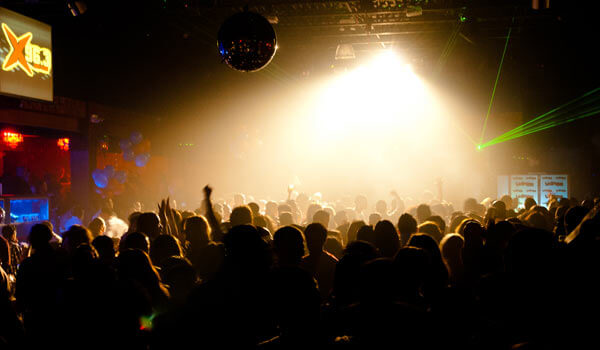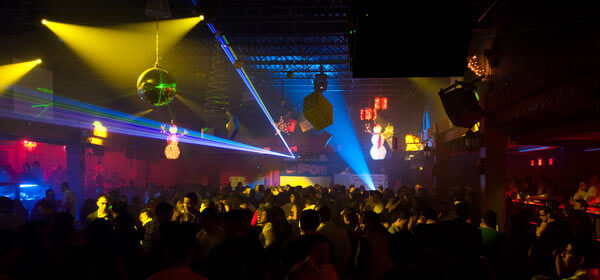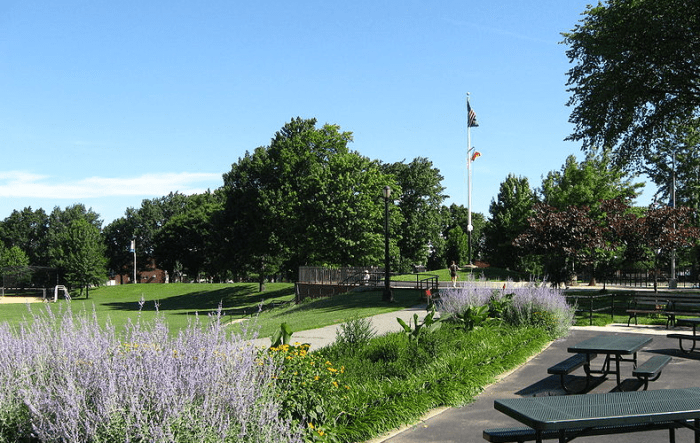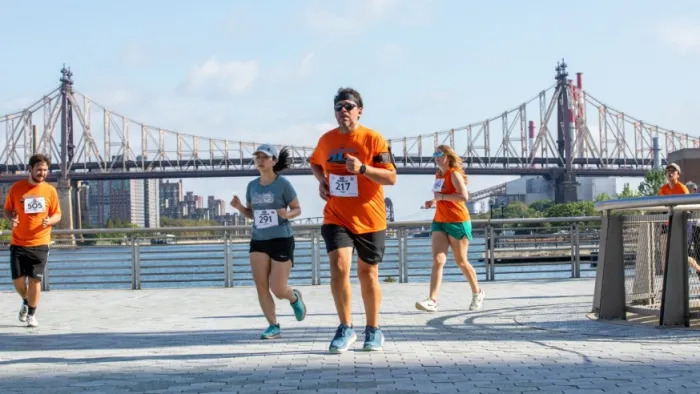By Alex Palmer
Queens’ Latino community has no shortage of nightlife options. Clubs like La Boom and Extravaganza showcase the music, dance and food of Hispanic countries, and in heavily Latino neighborhoods like Elmhurst and Woodside, the lines to get in have grown around the block.
Opened in September 2009, La Boom, located on Northern Boulevard in Woodside, has featured dozens of top Mexican regional, Latino American and Caribbean bands and performers on its stage.
The club is owned by Pedro Zamora, president of La Boom, Inc. and Zamora Entertainment, which produces concerts throughout New York City, including the Bronx and Brooklyn.
Though La Boom is the only club that the company owns in the five boroughs, it rents spaces as large as Madison Square Garden for its shows and is looking into opening a new venue in Manhattan.
“Music is an important part of your national identity. Colombians, Ecuadorians, Mexicans, their music is part of their culture,” said Jose Antonio Lagunas, community efforts director for Zamora Entertainment. “Zamora is giving them the opportunity to see some of the more recent and famous performers from their own lands.”
These artists include acts from a wide range of styles, from the more traditional Norteño and Banda to Reggaeton (Spanish hip hop) and Bachata (Spanish R&B), as well as Latino American and Caribbean music.
In some venues, visitors can connect with their roots through food as well as music. Extravaganza, just across the street from La Boom, connects directly to the restaurant Cacerolas, serving homestyle Colombian cooking and seafood.
Visitors can snack on maduros or chicharron before strolling into the club next door, once the evening gets started.
“If you get hungry, you can get something to eat, and the food is really good,” said Gerard Harrington, a Brooklyn resident who often makes his way up to Queens to explore the Latin club options. “My part of Brooklyn doesn’t have many places for Latin music — the dance [in Queens] is as good as ever.”
Gran Rancho Jubilee, in East Elmhurst, combines a lounge and live music in a venue carefully designed to replicate the look of a ranch in the Dominican Republic.
Built from materials imported from the country, including palm leaves on the ceilings and bamboo tables, the restaurant serves a brand of Nuevo Latina food meant to complement the shows later that night.
“I really liked how much space there was to dance,” said Yesenia Pena, a Queens resident who has been frequenting the Queens nightclub scene for several years. “The music was all Spanish, and varied between old and new.”
Tropix Bar & Lounge, in Rego Park, also offers food and dance with a mix of Latin, hip hop, and reggae. Thursday night is its big night for Latin music.
“The DJ plays bachata, merengue, salsa, a lot of styles,” said Gary Taylor, owner of Tropix. “The crowd usually gets in around 11 or 12 o’clock and they’ll stay until 4 a.m.”
The many types of music playing at the clubs reflect the diversity of tastes within the scene. As younger crowds have come out to the shows and DJ sets, their shifting preferences in music has led to very different sounds than their parents were listening to.
“I think people in their 20s who are second- and third-generation Hispanic or Latino don’t have the patience for salsa even if they can dance it,” said Sonny Giarratana, who, at age 22, has just recently been frequenting the clubs. “I can’t speak for my whole age group, but because it’s not often offered in the club it just makes it that much more convenient to not get into the whole salsa thing.”
While the nightlife scene offers a way for Queens’ diverse Hispanic community to stay connected to their home, it also offers a way for them to interact with other cultures in the city.
Lagunas emphasizes that these shows and Latino club nights are also very welcoming to non-Latinos, holding events like La Boom’s International Discotheque on Saturday.
“It helps also because they feel more secure in their own identity to integrate with another people, whether Colombians interacting with Ecuadorians or Ecuadorians with Dominicans,” said Lagunas. “It brings the music of several groups together, they can know they are all together in this one city.”


































